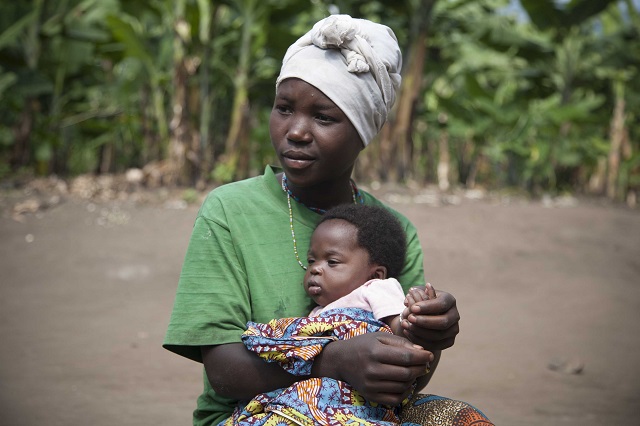
Kampala, Uganda | THE INDEPENDENT | Teenage pregnancies are on the rise in Ngora district, according to records from health facilities.
Statistics from January to March, 2020 show that 1,108 teen mothers visited health facilities for antenatal services. This represents 21 percent of antenatal care visits in the district.
However, 61 of the mothers were below 15 years of age. Between April and June this year, health facilities across Ngora district registered 1,303 mothers below 19 years of age, representing 22 percent of the mothers visiting antenatal care clinics.
But this is just a small representation of defilement cases and child marriages in the district according to Ngora Resident District Commissioner, Ambrose Onoria.
He says the situation is alarming along the lake shores especially in Mukura, Kobuin and Kapir sub counties.
He explains that there are no clear records to paint a clear picture of defilement cases in the district due to the thin manpower at the sub county level.
Onoria revealed that his office has registered only seven cases of failed negotiations out of several defilement cases where girls have been impregnated.
Bernard Eumu, the Ngora district LC V chairperson attributes the increasing cases of teenage pregnancies and defilement to gaps in law enforcement.
Eumu claims that some police officers have found defilement cases lucrative since they extort money from suspects.
David Ongom Mudong, the East Kyoga region police spokesman acknowledges that some officers connive with suspects to fail cases which is punishable.
He urges parents and guardians to always consider securing concrete evidence against perpetrators of defilement for justice.
In 2019, East Kyoga registered the highest number of defilement cases with 945, followed by Elgon with 922 cases. However, teenage pregnancy stands at 24 percent across the country with regional variations.
This increases to 34 percent in the poorest households while in rural areas, 24 percent of girls experience early pregnancy compared to 16 percent of wealthier households and 21 percent of urban girls according to UN Agency for children, UNICEF report, 2015.
******
URN
 The Independent Uganda: You get the Truth we Pay the Price
The Independent Uganda: You get the Truth we Pay the Price





